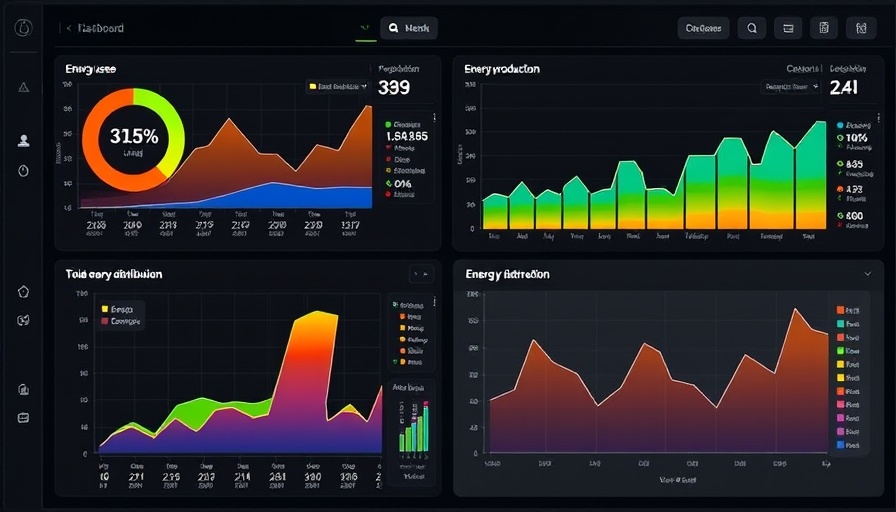
Unlocking Home Automation: Monitoring Utility Meters with SDR
In an age where technology intertwines with our daily routines, the pursuit of smarter living has never been more accessible. DIY enthusiasts and tech-savvy homeowners are increasingly looking for innovative ways to enhance their home automation systems. One inspiring example is Jeff Sandberg, who has ingeniously combined solar features with software-defined radio (SDR) technology to gain a fuller understanding of his household energy consumption.
Understanding Home Energy Consumption
Jeff's journey began with a common issue faced by many homeowners who have adopted renewable energy sources. While his solar and battery systems were integrated with open-source automation software, such as Home Assistant, they captured only a fraction of his home’s energy usage. Key appliances, receiving power directly from the grid, were overlooked, leaving significant gaps in performance data.
To remedy this, Jeff turned to his RTL-SDR – a cost-effective tool that can receive and decode data from utility smart meters broadcast in the 900 MHz band prevalent in the U.S. With this setup, Jeff successfully accessed real-time data from his electric meter, effectively piecing together a comprehensive view of his home’s energy profile.
Integration Challenges and Solutions
While accessing meter data via SDR is technically straightforward, integrating it into an existing smart home system can be challenging. Jeff’s application of the RTL-SDR was not just an out-of-box use case; it required a specific implementation that aligned with his unique home wiring and energy setup. For those looking to follow in his footsteps, Jeff’s detailed documentation serves as an invaluable resource. His documentation outlines not only the technical setup but also troubleshooting tips for syncing smart meters with home automation platforms.
The Potential Beyond Electricity
What’s truly exciting about Jeff’s approach is its scalability. The successful integration of electricity monitoring provides a template for similar applications in tracking gas and water usage. With a little ingenuity, homeowners can leverage this technology to create detailed resource consumption profiles, allowing for greater energy efficiency and enhanced sustainability in their daily lives. As energy costs continue to rise, understanding usage patterns is crucial.
Security Considerations in Smart Meter Data
Yet, there are concerns worth noting as homes evolve into smarter entities. The lack of encryption on many utility meters' broadcasts raises valid questions around privacy and potential misuse of energy data. As these technologies become more widely adopted, developers and users alike must advocate for improved security measures to protect personal information from unwanted scrutiny.
DIY Takeaways for Homeowners
For those embarking on a DIY home automation journey, Jeff's experience is both a guide and a reminder of the creativity inherent in solving modern problems with technology. Tools like RTL-SDR present an exciting opportunity to not only monitor home energy consumption but also inspire a community-oriented approach to tech innovation. If you’re interested in improving your home’s efficiency and intelligence, diving into SDR might just be the first step toward smarter living.
In conclusion, as more people begin to explore these technologies, sharing insights and experiences will build a stronger community of informed and engaged homeowners ready to embrace a smarter, sustainable future. Don’t hesitate to explore and push the boundaries of what's possible!
 Add Row
Add Row  Add
Add 




Write A Comment